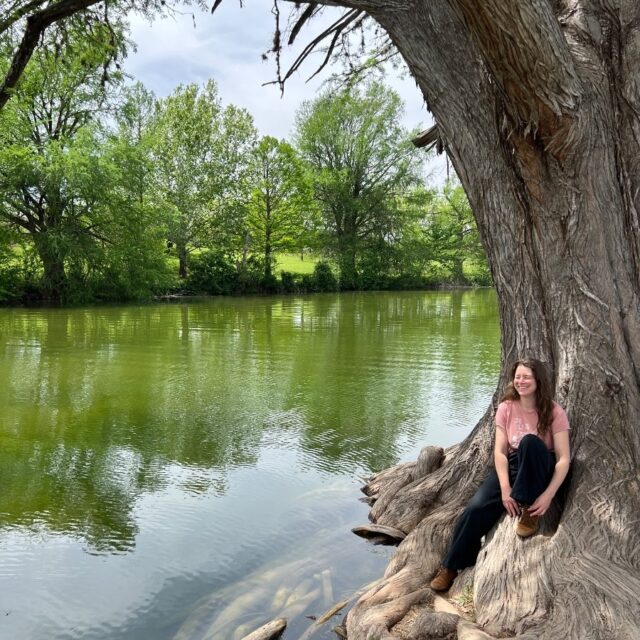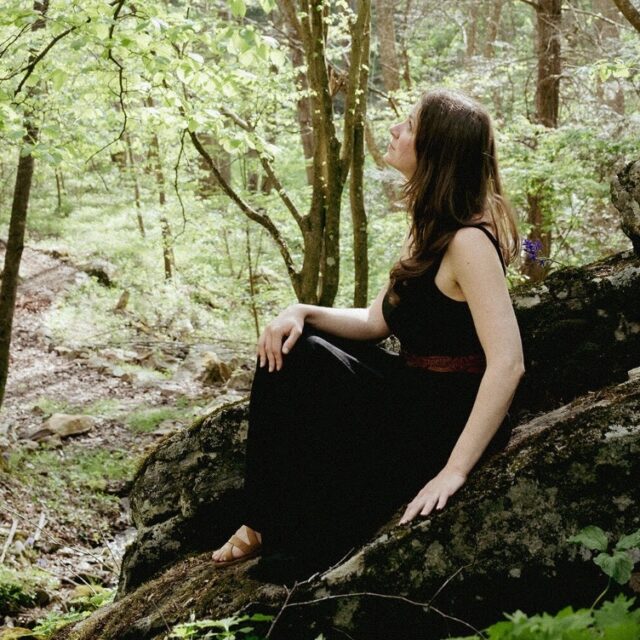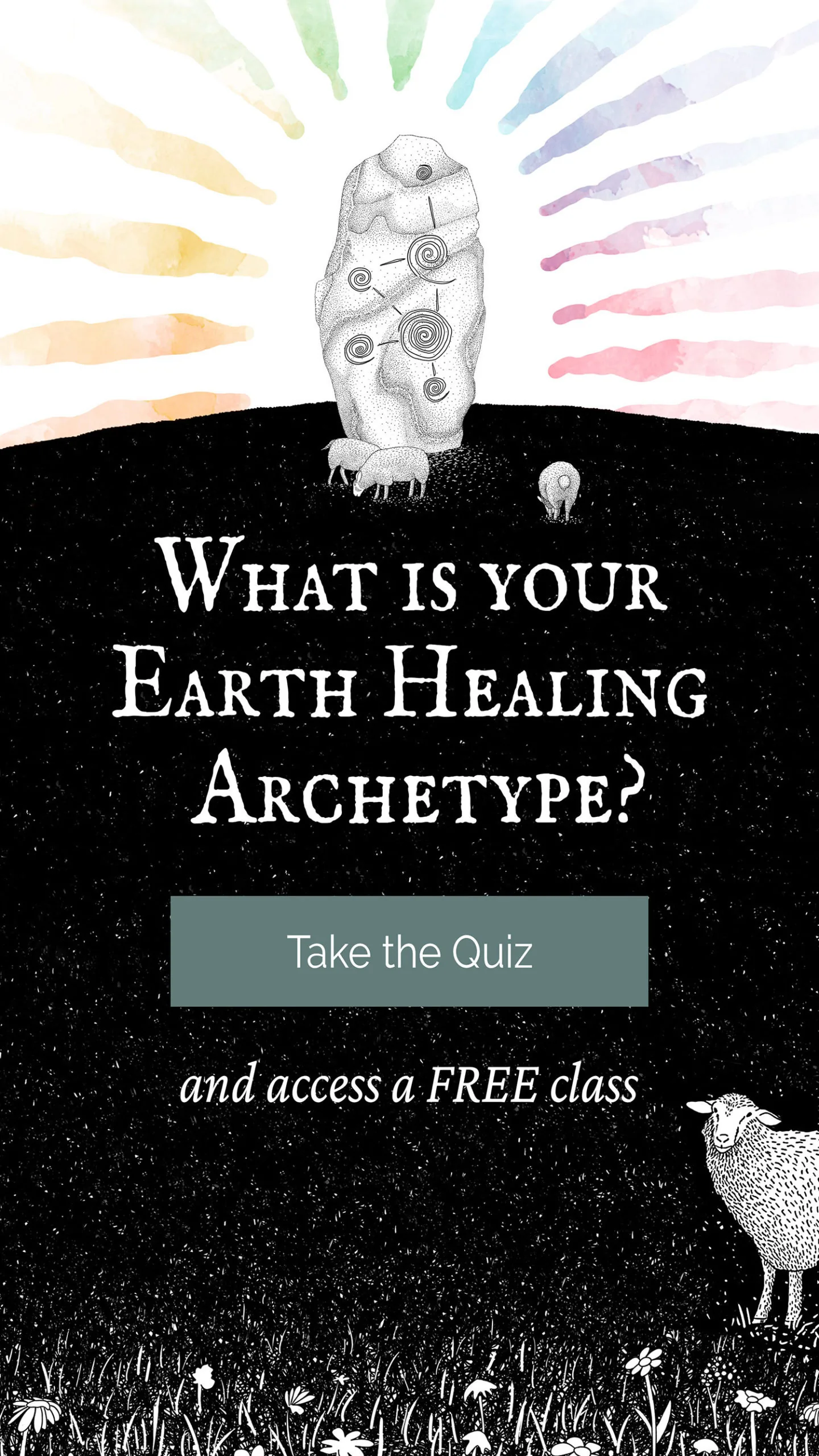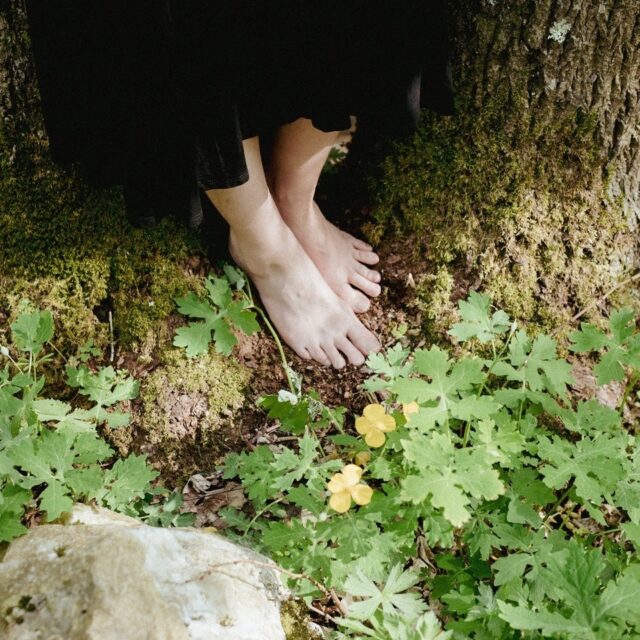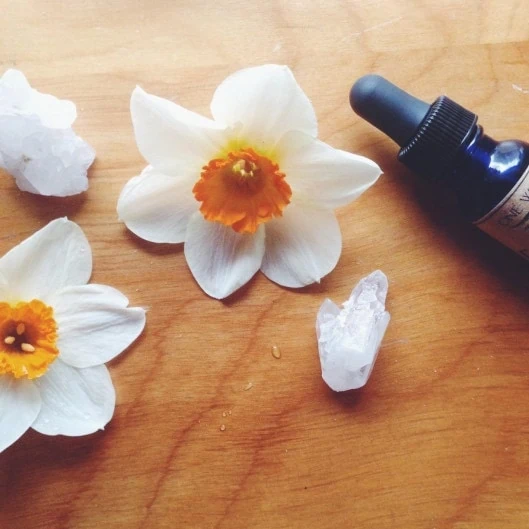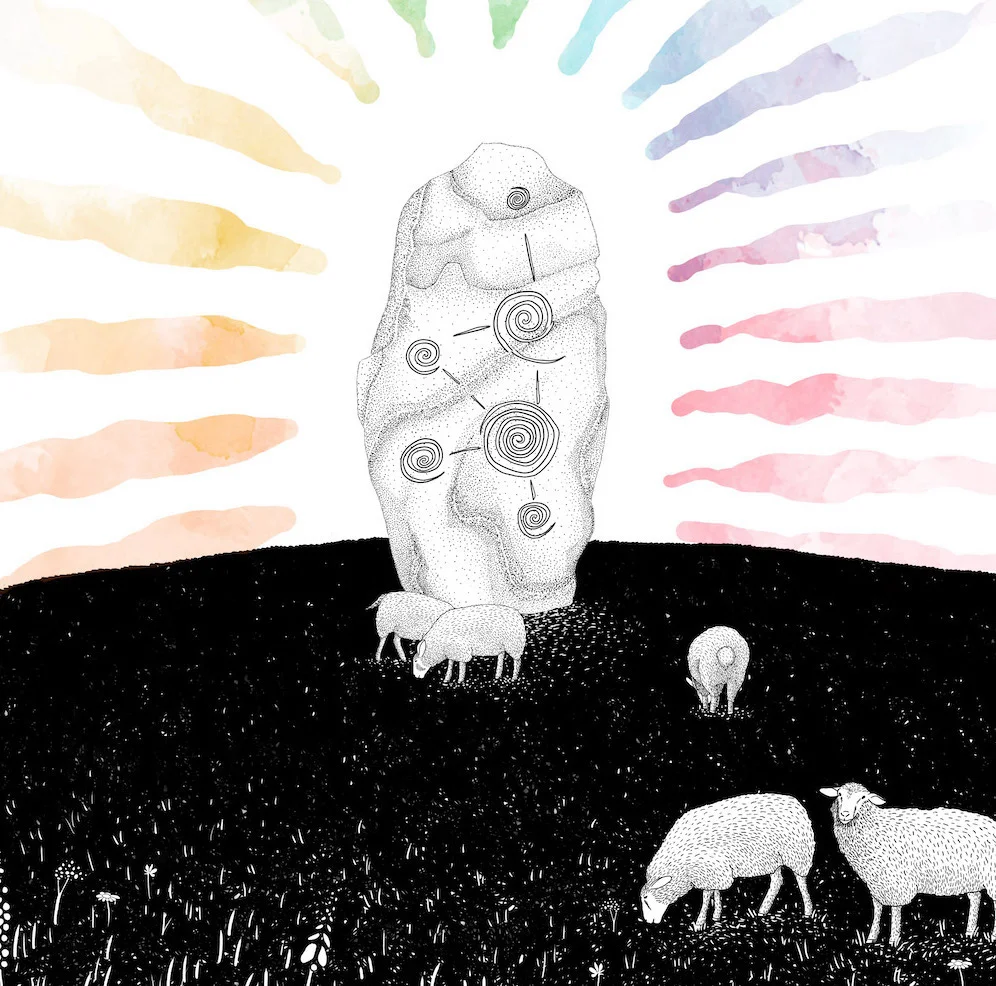Blog
What does it mean to be “in process”?
The earth in our garden is ready for planting. How do I know? It looks like a “mess.” The cozy mulch of winter leaves has decomposed into wet clumps. Here and there chunks of soil push up in a riot of disorganized weeds and the compost is spilling out of its pen, bursting into lawns…
Opening your Doors Again
Last week I opened the doors to my house. It was a glorious early spring day, the hillsides were bursting with daffodils and a robin was singing, singing from a nearby tree. I’d opened the doors in winter, of course, but always in a hurried manner, holding them for a second while I hauled wood in from…
Are you on the threshold?
I walked up to the stone threshold and just stood there. The old tower was at the top of a green-lit hill, rising clear into the sky like a standing stone. As I approached the entrance, the wind kicked up. It voomed past me and through the open doorway. I paused. Beyond the doorway, across the dark…
You’re Allowed to Change
I’m not the same person I was last year. You probably aren’t the same person you were last year either. As humans, we’re always evolving, changing, growing deeper into who we truly are. It’s one of the most magnificent things about being alive. But when it came to my business, this used to make me nervous. All the business advice…
How to Create a Business as an Empath
It took me a while to realize who I’m here to serve on this planet. But once I did, it seemed so obvious… I’m here to help sensitives and empaths. Which makes sense because I’m a sensitive and an empath (so I know first hand the gifts and challenges this brings). Ever since I was young, I…
Create a Business that Nourishes your Nervous System
I had a truly lovely holiday this year. A long pause that was filled with just-baked cookies, beeswax candlelight and time delighting in the magic of the season with my daughter. And yet, for as wonderful as my time away was—I was deeply looking forward to coming back to work. Why? Because I’ve created a business that actually nourishes my nervous…
A Reading for 2024
I woke up on New Year’s Day to a sense of lightness. Did you feel it too? After being up for hours in the night with my daughter, I figured I’d be ornery and tired come morning. (I normally am after nights like this.) But instead, I felt a levity I haven’t felt in a while. A…
The Center of your Magic
The days leading up to the solstice are a kind of peak— a peak of darkness, a peak in the calendar year, and a peak of activity. And yet, as a sensitive and an empath, I’ve always loved this time of the year for its interiority—the call to sit at the heart of the mountain…

